March Marks the Start of Storm Season—Are You Ready to Protect What Matters Most?
March is often seen as a month of renewal. The air starts to warm. Trees begin to bud. Days grow longer, and the world slowly emerges from the gray quiet of winter. But for those of us living in storm-prone regions, March carries another kind of meaning—a subtle shift not just in temperature, but in the temperament of the skies above.
March is the unofficial beginning of storm season across the Southeast and other vulnerable parts of the country. As the cold of winter clashes with the warmth of approaching spring, atmospheric instability grows. The result is a heightened risk of severe thunderstorms, hail, high winds, and—most concerning—tornadoes. While it may not carry the same official weight as hurricane season, spring storm season can be just as disruptive, just as dangerous, and just as damaging.
At Disaster South, we’ve walked through the aftermath of March storms with homeowners, business owners, and entire communities. We’ve climbed onto rooftops stripped bare by wind. We’ve stepped into homes flooded by torrential downpours. We’ve heard the voices of people still shaken from what they’ve just lived through—some still in disbelief, some holding back tears. And in all of that, what we’ve learned is simple: this season requires more than just reactive service—it demands proactive care.
The Calm Before the Chaos
What makes March so difficult is that it doesn’t always announce its arrival with thunder. In fact, some of the most dangerous weather patterns begin on days that feel almost serene. A soft breeze. Warm sun on your face. Then, seemingly out of nowhere, the clouds gather. Winds shift. Skies darken. And what was a quiet afternoon becomes a threat to everything you’ve built.
Storms in March are deceptive. They can develop quickly, sometimes without the kind of advance notice people expect. And because they’re early in the season, many homes and businesses haven’t yet been assessed for vulnerabilities. A missing shingle, a clogged gutter, or a weak limb hanging too close to the roof might not seem urgent—until a windstorm hits and that small issue becomes a major problem.
Every year, we get calls from people who wish they’d known sooner. A family whose attic filled with water from a roof leak that began small but spread silently through insulation and wood. A local shop owner whose inventory was damaged after a power outage left sump pumps offline during a flash flood. A property manager who walked into a tenant’s unit to find mold growing along baseboards because wind-driven rain entered through a compromised window seal.
These are not rare stories. They are familiar. They are preventable. But they happen—over and over—because spring storms come quickly, and without mercy for the unprepared.
Understanding What’s at Stake
Storm damage is about more than broken materials—it’s about disrupted lives. At Disaster South, we don’t just see wet floors or broken fences. We see displaced families. We see business owners trying to figure out how to pay staff while their doors are closed. We see single parents navigating insurance paperwork while juggling everything else in their lives. We see grandparents living on fixed incomes wondering how they’re going to cover what insurance doesn’t.
That’s why we never treat damage like “just damage.” We treat it like what it is: a deeply personal, emotional experience. When your home is affected, it feels like your safety has been shaken. When your business is affected, it feels like your future is on hold. These storms don’t just touch buildings—they touch everything inside them. Your memories. Your milestones. Your routines. Your peace of mind.
And so when we talk about the importance of March, we’re not speaking out of fear. We’re speaking out of care. Out of the knowledge that a little preparation, a little attention, and a little awareness can save not only money—but heartache.
Why March Matters More Than You Think
There’s a particular kind of urgency that comes with early spring. The ground is still saturated from winter rains. Tree roots are shallow from dormancy. Roofs have endured months of cold weather and may already be compromised by freeze-thaw cycles. March storms don’t need much to do damage.
That’s why this month offers something critical: an opportunity.
It’s the opportunity to get ahead of storm season. To walk your property with fresh eyes. To notice the subtle signs you might’ve overlooked—stains on the ceiling, soft spots in siding, water marks near baseboards. It’s the time to clear gutters, test sump pumps, secure outdoor furniture, and review emergency plans.
It’s also the opportunity to start conversations you may have put off. Are you covered for wind or hail damage under your current policy? Do you have up-to-date photos of your belongings for insurance purposes? Do you know who to call if something goes wrong? These aren’t exciting questions—but they’re necessary ones. The kind that make all the difference when time is short and decisions have to be made fast.
And perhaps most importantly, March gives you the chance to build relationships with the people who will be there for you when the skies turn. Restoration shouldn’t be a frantic Google search after disaster strikes. It should be a name you already know. A voice you already trust. A company that’s already proven they’ll show up with compassion, competence, and clear answers.
What Disaster South Brings to the Table
When people call us after a storm, they’re not just asking for help with drywall or water extraction. They’re asking, “What do I do now?” “Is it safe to stay here?” “Will insurance cover this?” “How long will this take?” And we answer those questions not just with skill, but with heart.
We don’t just bring tools. We bring presence. We show up when others don’t. We walk through damage that still smells like rain. We carry our own flashlights when power is out. We step into the mess so you don’t have to navigate it alone.
Our teams are trained, experienced, and equipped to handle everything from tarping roofs to managing mold to coordinating with adjusters. But what we’re most proud of is how we treat people in crisis—with dignity, empathy, and patience. We understand that you're not just asking us to fix your property. You're asking us to help restore your life.
The Emotional Undercurrent of Every Storm
We’ve found that what makes storm recovery so difficult isn’t always the scope of the damage—it’s the shock of it. The feeling of powerlessness that follows when the familiar becomes uncertain. That emotional weight is often invisible but heavy. And unless you’ve lived through it, it’s hard to understand.
That’s why we’ve built Disaster South around more than just service. We’ve built it around support. When we arrive on-site, we take time to listen. We answer questions before they’re even asked. We don’t just throw down fans and dehumidifiers—we explain what they’re doing. We don’t just file reports—we walk you through them. We make sure you feel seen, heard, and respected every step of the way.
Because for us, recovery isn’t just a checklist. It’s a partnership.
Looking Ahead: March as a Mindset
Storm season isn’t just a few weeks on the calendar. It’s a mindset. It’s a commitment to staying aware, staying ready, and staying connected to the resources and people who can help when it matters most.
So as the days lengthen and the clouds begin to shift, take this time seriously. Let March be a turning point—not just in the weather, but in your preparedness. Look around your property. Check in with your loved ones. Revisit the plans you made last year. And remember that you don’t have to do any of it alone.
At Disaster South, we’re here before the storm. We’re here when it hits. And we’re here after—until your home, your business, and your life are whole again.
When the storm season starts, let your first step be a call to the team who cares. At Disaster South, your safety, your stability, and your story matter. And we’re ready—every step of the way.

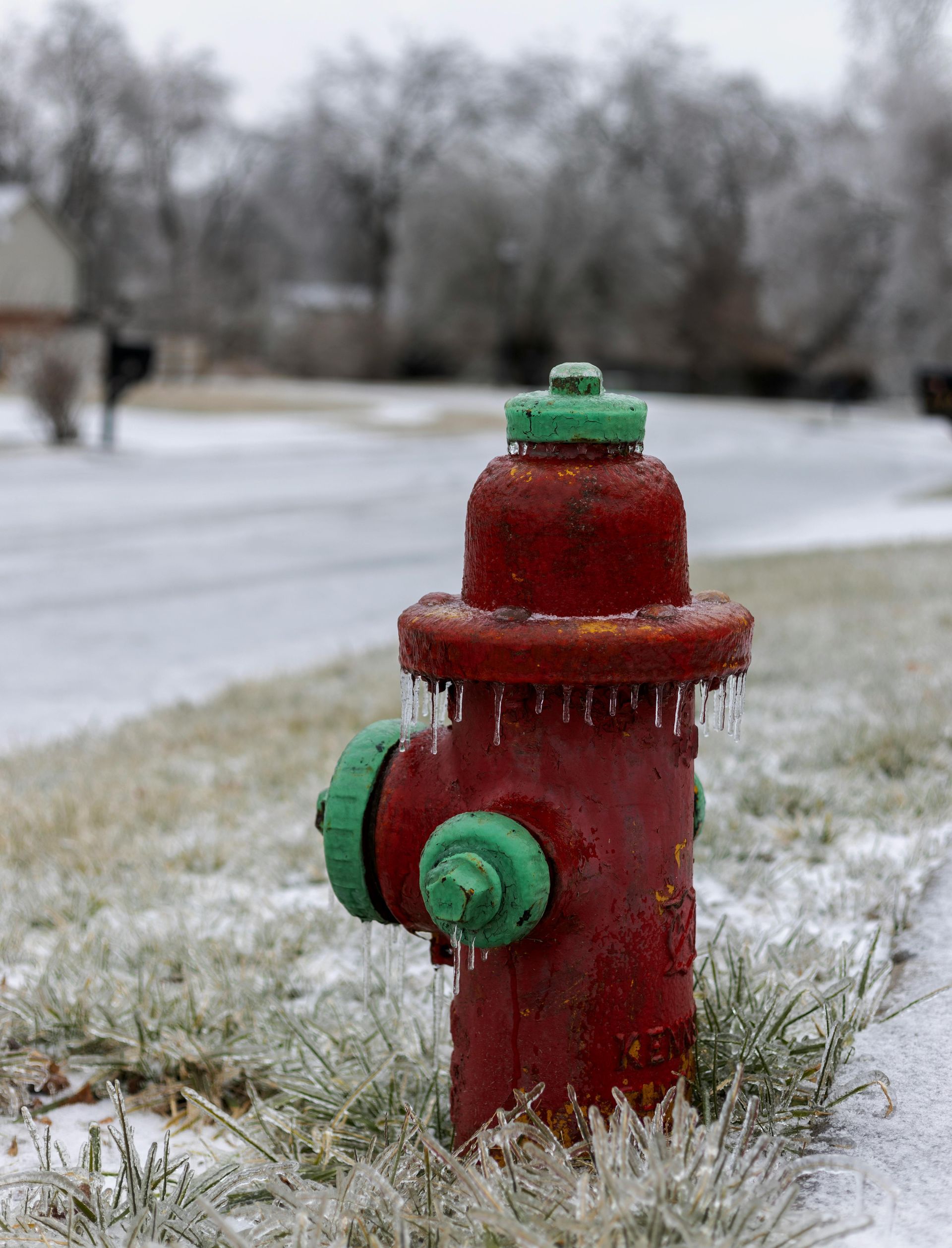
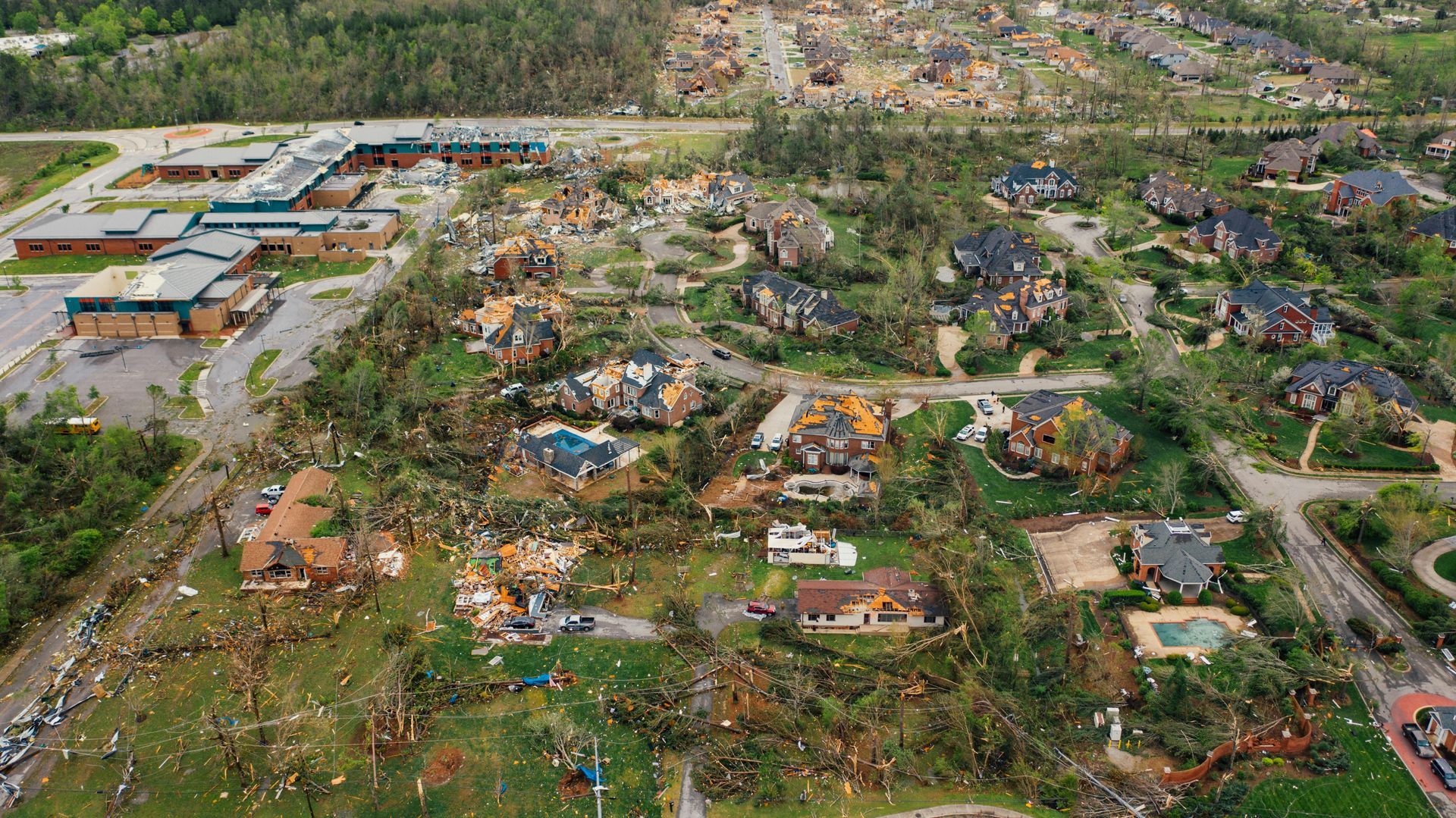

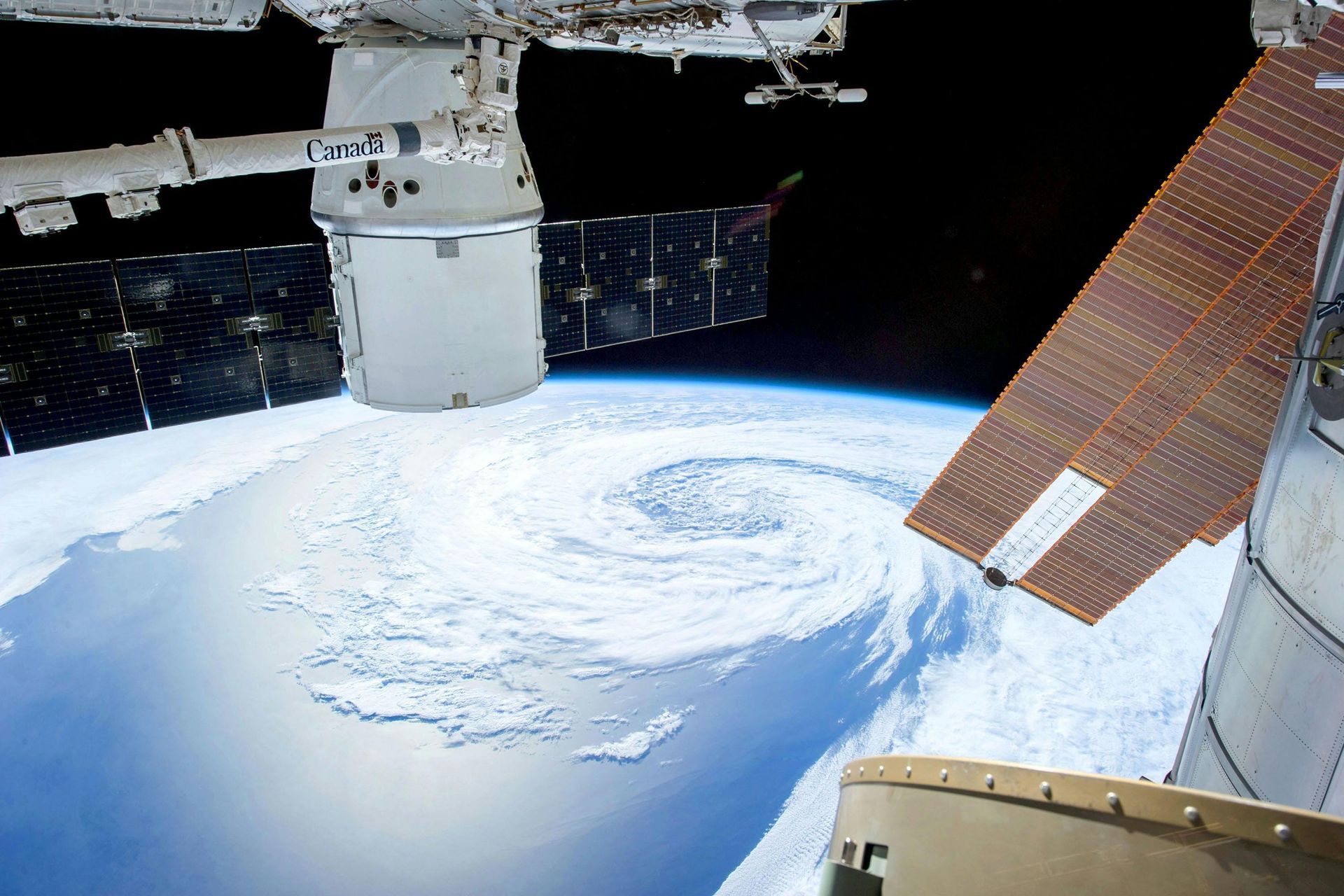

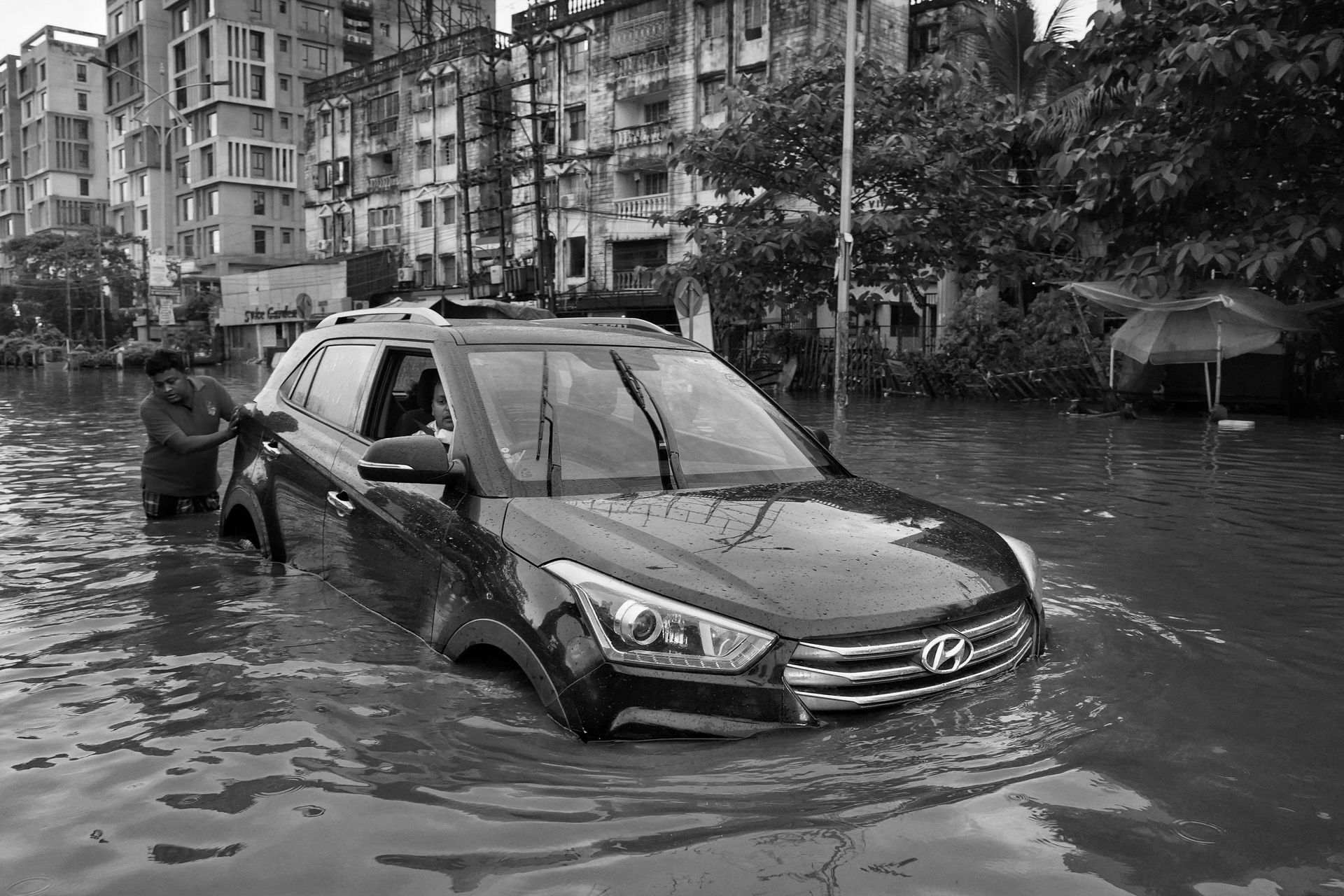

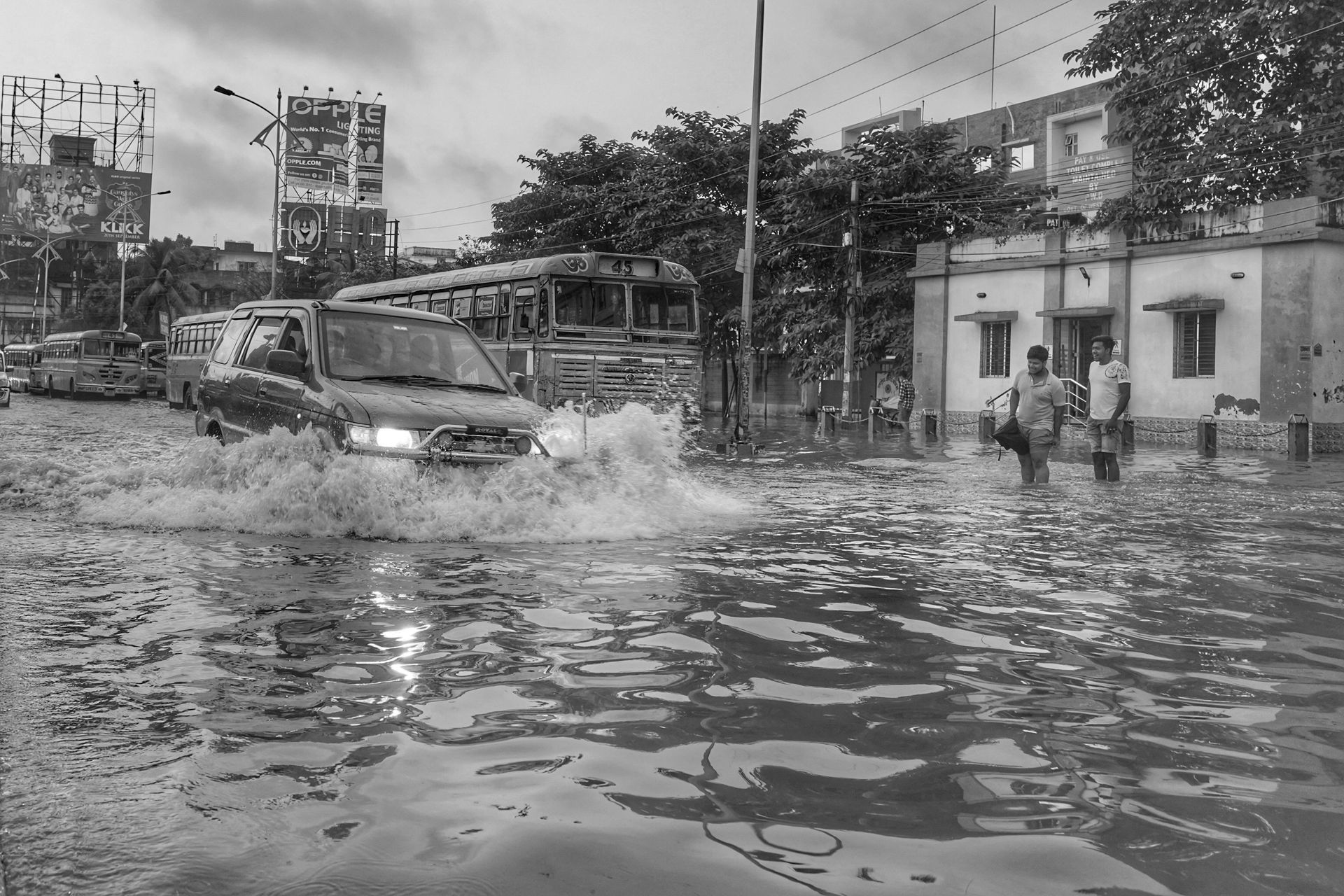

It’s Time to Restore Your Property, Reclaim Your Life, and Get Back to What Matters Most
All Rights Reserved | Disaster South